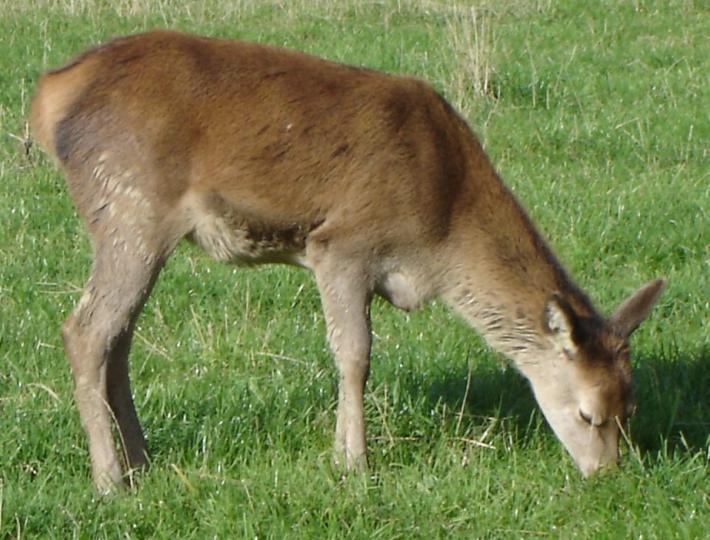
The latest MAF Deer monitoring report shows deer farmers income fell significantly last year, driven mainly by a fall in the venison price.
This has been caused by a weakness in the Euro, as a result of the world recession affecting the European markets, NZ's venison predominant destination.
Lower production levels of venison minimised the impact of lower prices, coupled with an increase of product being sold chilled .
The year saw a major recovery in the price of velvet, which should see the number of stags harvested stabilise.
The model relected the moving of deer farms back into the hills, as the dairy expansion competed aggressively on the more fertile flats.
The weather and the NZD-Euro exchange rate had a significant impact on deer farmers in 2009/10 with average cash surplus down by more than 60%, according to the latest MAF’s farm monitoring reports.The model results and commentary from MAF’s deer monitoring reports were released this week and showed deer farms’ net cash surplus per deer stock unit decreased 62 percent in the North Island and 65 percent in the South Island compared with 2008/09.
The main reasons for the decrease were variable climatic conditions and a reduction in the average price per kilogram achieved for venison - back around $1 per kilogram on 2008/09 levels. In contrast, velvet had a positive year selling for $81 (North Island) to $91 per kilogram (South Island) a 47 to 57 percent increase respectively on 2008/09 prices.
MAF South Island Regional Manager Trish Burborough says that, despite the drop in average venison price to $6.86 per kilogram in the North Island and $7.34 in the South Island, those prices were better than the five year average. This meant deer farmers still broke even or made a modest cash surplus before off-farm income was taken into account. “The continuing higher than average exchange rate between the NZ dollar and the Euro was a major contributor to the decrease in on-farm venison prices. Farmers also welcomed the return of velvet prices to the $80 to $100 per kilogram target price range,” says Mrs Burborough.
Both deer models reflected the higher proportion of deer now farmed on hill country rather than on fertile flats. This meant the models changed to larger units with lower stocking rates. Deer, like sheep and beef, competes with dairy and dairy support on land suitable for dairy conversion.
We welcome your comments below. If you are not already registered, please register to comment.
Remember we welcome robust, respectful and insightful debate. We don't welcome abusive or defamatory comments and will de-register those repeatedly making such comments. Our current comment policy is here.